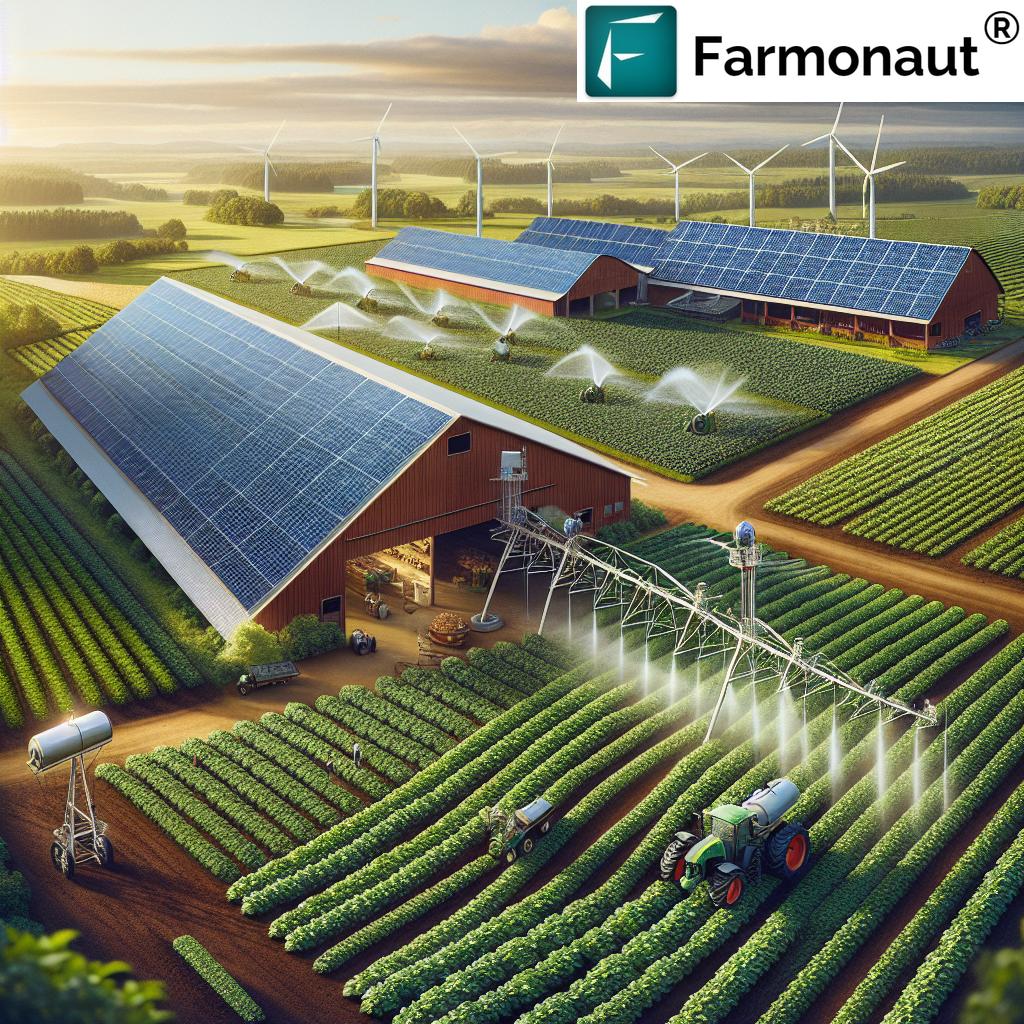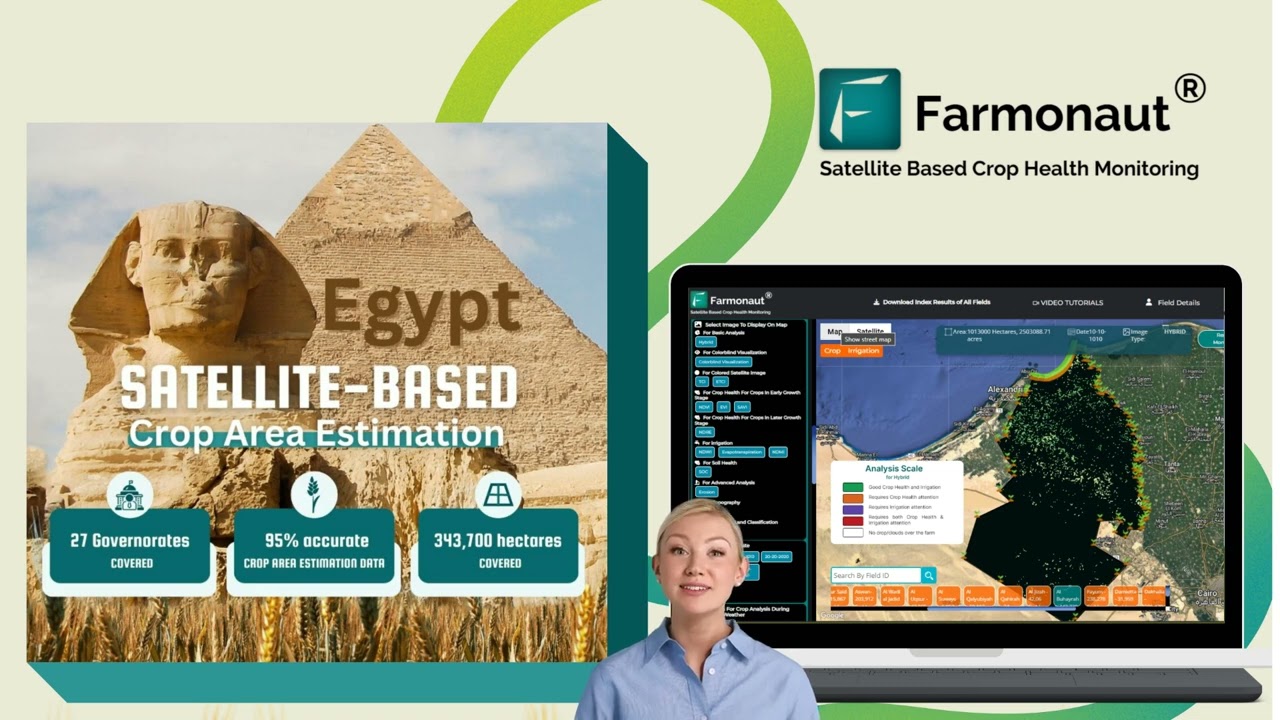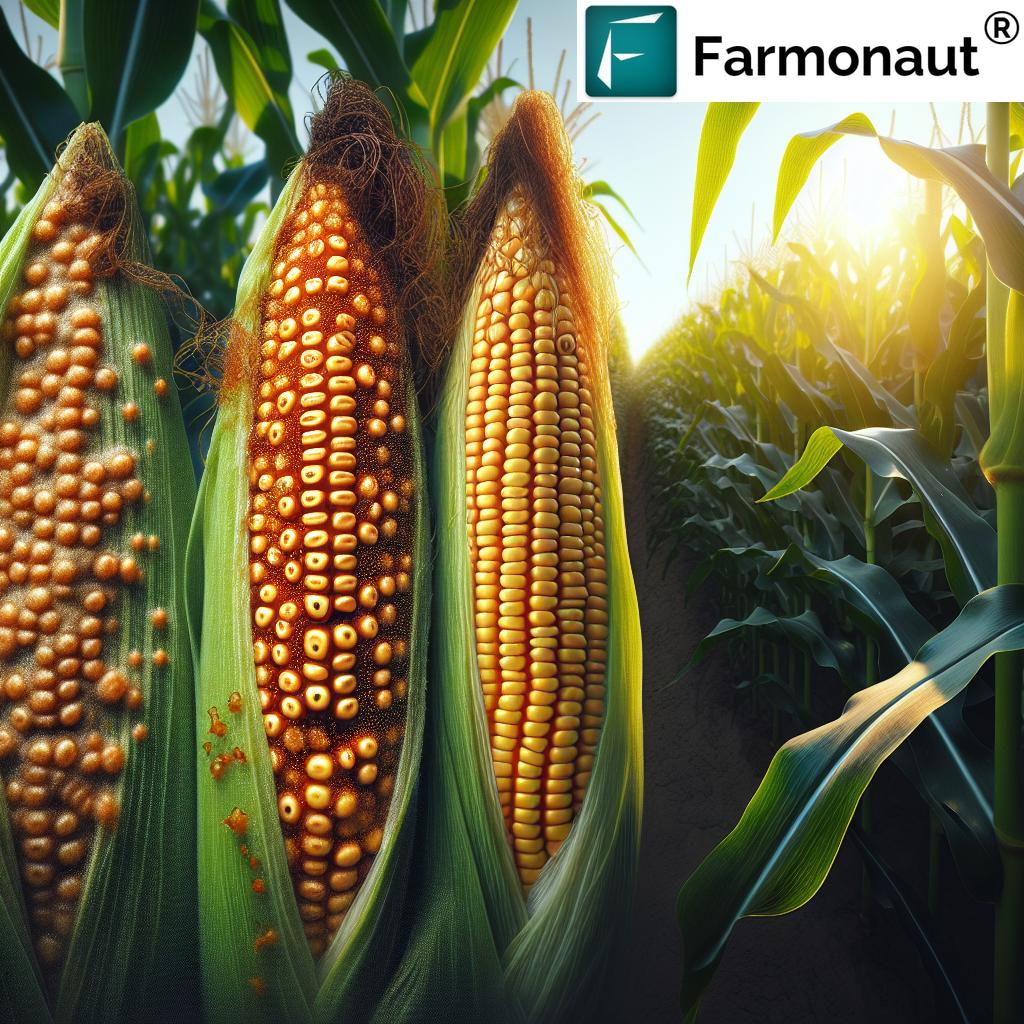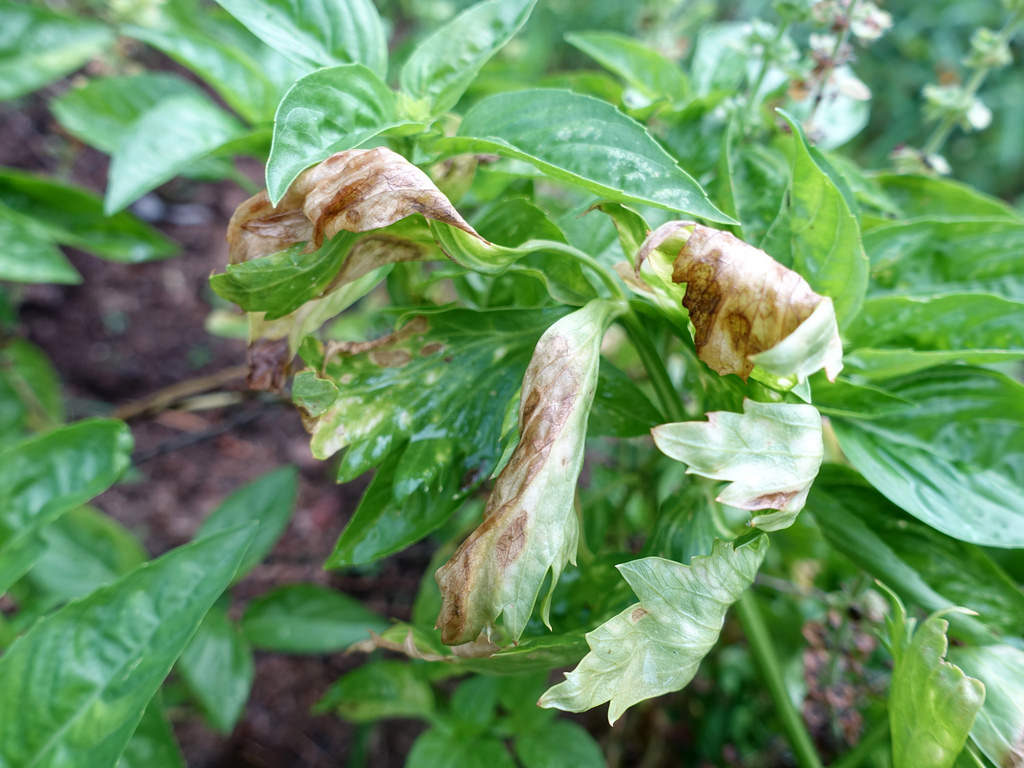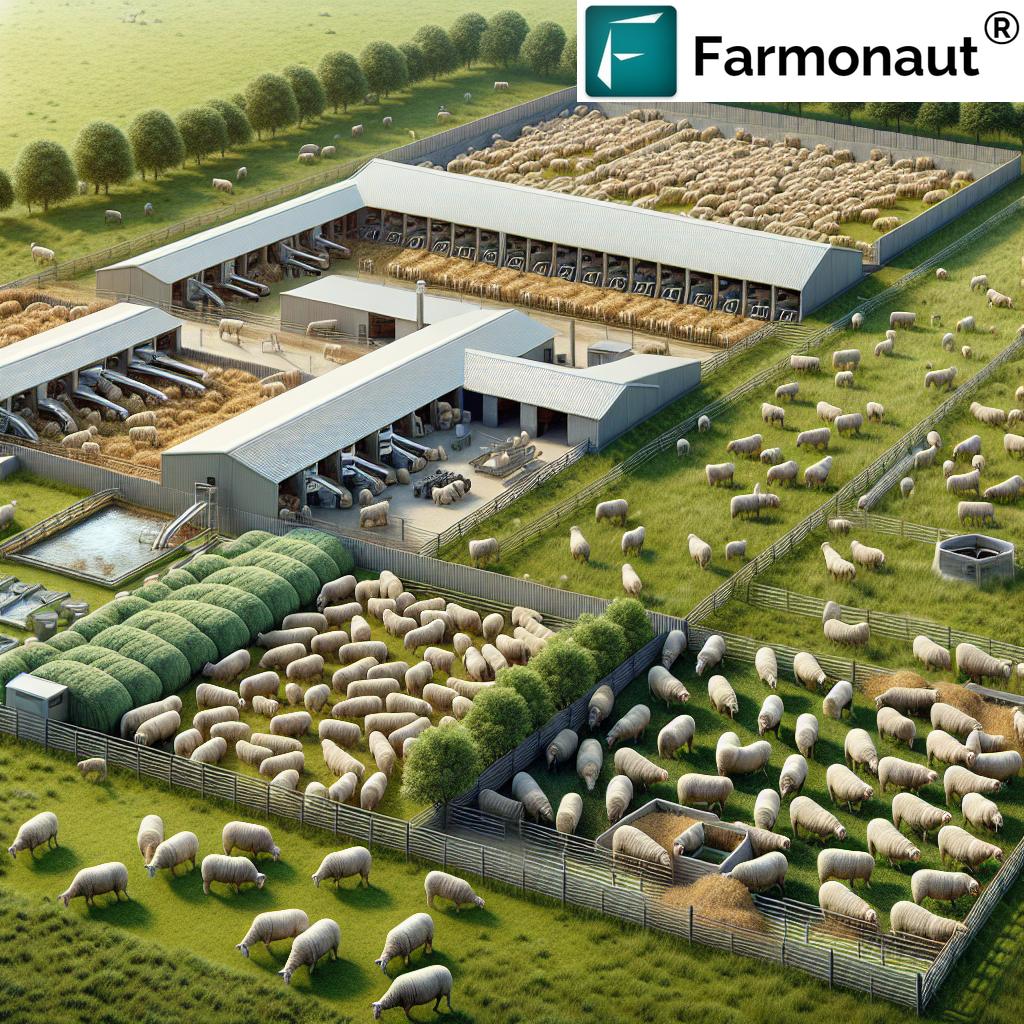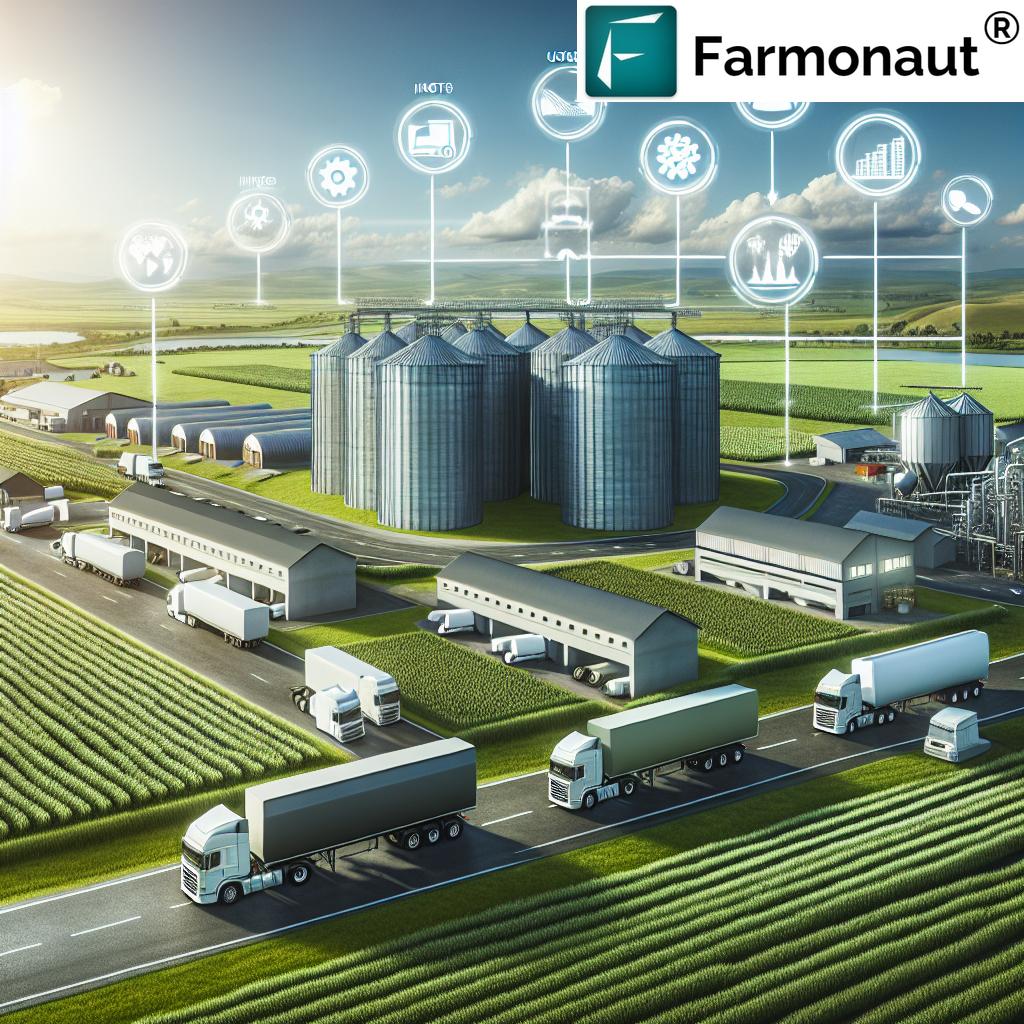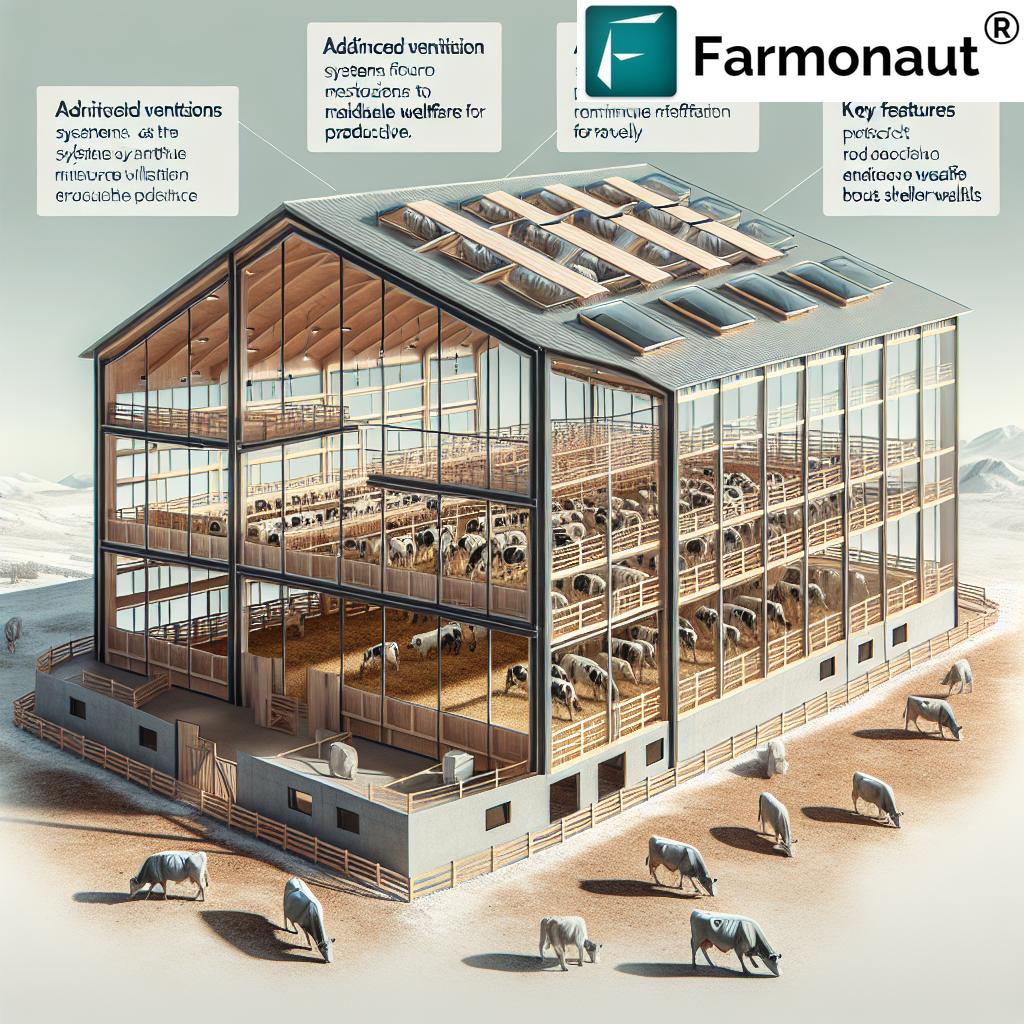Table of Contents
- Introduction
- 1. Precision Agriculture and Technology Integration
- 2. Efficient Irrigation Techniques
- 3. Renewable Energy Integration
- 4. Conservation Tillage Techniques
- 5. Crop Rotation and Diversification
- 6. Integrated Pest Management (IPM)
- 7. Energy-Efficient Machinery and Equipment
- 8. Agrivoltaics
- 9. Controlled-Environment Agriculture (CEA)
- 10. Energy Audits and Monitoring
- Comparison of Top Energy Saving Techniques in Agriculture
- Frequently Asked Questions
- Conclusion
“Precision irrigation can reduce water and energy use in agriculture by up to 30% compared to traditional methods.”
“Switching to renewable energy sources can cut farm energy costs by 20-40% annually.”
10 Energy Saving Techniques in Agriculture You Must Try!
In today’s rapidly changing agricultural landscape, energy efficiency in agriculture is more essential than ever. From reducing operational costs to enhancing sustainability, implementing innovative energy-saving techniques enables us to not only conserve precious resources but also bolster our farm’s profitability and resilience.
As our farming operations become increasingly data-driven, integrating advanced technology and sustainable practices has never been more accessible—or more crucial. Whether it’s optimizing irrigation systems, reducing fuel consumption, adopting renewable energy for farms, or leveraging satellite-driven insights, every step toward efficiency counts.
Join us as we explore the top 10 energy-saving strategies every modern agricultural operation can benefit from, complete with actionable guidance and the latest innovations, including Farmonaut’s suite of satellite-based tools and digital solutions.



1. Precision Agriculture and Technology Integration
The application of precision agriculture technology fundamentally transforms how we utilize resources and minimize waste. Integrating advanced systems such as GPS-based machinery, automation, and detailed data analysis empowers us to make decision-making highly efficient and targeted.
- GPS-Based Systems: By employing GPS, our machinery operates with precise navigation, significantly reducing unnecessary trips and associated fuel consumption. This not only enhances operational efficiency but also cuts emissions and maintenance costs (source).
- Automation and Robotics: Autonomous tractors and harvesters can operate efficiently with minimal human oversight, further driving down energy usage and labor costs while boosting productivity.
- Sensors and Data Analysis: Advanced sensors monitor soil moisture levels, temperature, and nutrient content. This data allows for targeted irrigation and fertilization, conserving energy, water, and other inputs (source).
Farmonaut offers satellite-driven insights through real-time crop health monitoring and AI advisory systems, making precision agriculture affordable and accessible for farms of every scale. By embracing innovative data-driven methods, we can sharply optimize resource use and minimize waste.
Key Benefits:
- Optimizes energy usage and resource inputs
- Reduces operational costs and fuel requirements
- Enables precise interventions, improving both crop yields and sustainability
2. Efficient Irrigation Techniques
Water and energy are two of agriculture’s most vital—and sometimes most limited—resources. Adopting efficient irrigation systems not only ensures optimal water use but also helps in reducing energy consumption across the board.
- Drip Irrigation Systems: These systems deliver water directly to plant roots, minimizing evaporation, runoff, and unnecessary pumping. This significantly reduces both water and energy usage (source).
- Automated Irrigation: Smart systems that activate based on soil moisture levels use data from sensors, ensuring water is used only when necessary and minimizing energy costs.
- Solar-Powered Pumps: In sunny regions, adopting solar powered irrigation dramatically reduces reliance on fossil fuels, driving sustainability and lowering operating costs.
Farmonaut’s satellite-based soil moisture monitoring helps us fine-tune irrigation timing and quantity, saving both water and power across our farms.
Key Benefits:
- Can reduce water and energy use by up to 30% versus traditional irrigation
- Supports sustainable farming practices
- Integrates seamlessly with renewable energy sources for maximum savings
3. Renewable Energy Integration
Incorporating renewable energy for farms is pivotal for reducing carbon footprint and achieving operational sustainability. Transitioning away from fossil fuels—and towards clean energy—positions our farms for long-term cost savings and positive environmental impacts.
- Solar Panels: Installing solar panels on our rooftops or fields generates clean energy for powering operations and reducing dependence on external electricity.
- Biogas Plants: Utilizing organic farm waste to produce biogas offers a double benefit: renewable energy production and waste management. Costs related to energy and waste disposal are simultaneously reduced.
Notably, these systems can decrease total farm energy costs by 20-40% annually. Farmonaut’s carbon footprinting tools (learn more) enable ongoing monitoring of our environmental performance, helping us set and achieve ambitious sustainability targets.
Key Benefits:
- Significantly slashes operation costs and emissions
- Promotes energy independence and sustainability
- Improves farm’s environmental reputation
4. Conservation Tillage Techniques
Conservation tillage techniques like no-till and reduced tillage are key for improving soil health, minimizing energy use, and promoting sustainable agriculture.
- No-Till Farming: This method eliminates tillage entirely, saving vast amounts of fuel, labor, and time, while also preserving soil structure and water retention (source).
- Reduced Tillage: By minimizing the frequency and intensity of tillage operations, we can curtail fuel consumption and reduce soil erosion.
Through Farmonaut’s resource management tools (learn more), we can also track the impacts of different tillage regimes on crop health and resource usage. This real-time data enables evidence-based decision making for long-term sustainability.
Key Benefits:
- Reduces energy input by cutting fuel needs
- Improves soil quality and resilience
- Lowers operation and maintenance costs
“Precision irrigation can reduce water and energy use in agriculture by up to 30% compared to traditional methods.”
“Switching to renewable energy sources can cut farm energy costs by 20-40% annually.”
5. Crop Rotation and Diversification
Crop rotation and diversification are classic yet powerful sustainable farming practices. Not only do these techniques reduce the need for chemical inputs, but they also improve soil health and enable more efficient use of resources.
- Crop Rotation: Alternating crops each season replenishes nutrient levels in the soil, reducing reliance on synthetic fertilizers and decreasing energy demand.
- Diversification: Cultivating a variety of crops spreads resource usage more evenly and fosters biological resilience, often resulting in less need for chemical interventions (source).
When paired with advanced tools like Farmonaut’s crop health monitoring, we can optimize rotation planning (discover more), enhancing sustainability and maximizing yields.
Key Benefits:
- Boosts soil fertility naturally, reducing need for chemical fertilizers
- Decreases energy inputs related to fertilizer production and application
- Creates a resilient, efficient agricultural ecosystem
6. Integrated Pest Management (IPM)
Integrated pest management (IPM) combines biological, cultural, and mechanical practices to reduce pesticide usage—leading to significant agricultural energy savings and improved sustainability.
- Biological Controls: Introducing natural predators or beneficial insects can dramatically reduce our reliance on chemical pesticides, thus minimizing both chemical and energy inputs (source).
- Cultural Practices: Adjusting planting times or crop spacing can help disrupt pest cycles and create an environment less hospitable to pests, further lowering need for interventions.
We can leverage Farmonaut’s pest and disease monitoring features (learn more) for early warnings and precise recommendations, supporting our move toward efficient, sustainable pest control.
Key Benefits:
- Reduces chemical and energy usage in pest control
- Minimizes environmental impacts
- Boosts ecological resilience, supporting productivity
7. Energy-Efficient Machinery and Equipment
Updating our equipment is a direct path to energy savings. By investing in modern, energy-efficient machinery and variable speed drives, we can drastically reduce our energy and maintenance costs.
- Variable Speed Drives: Integrating these with pumps or motors can lead to energy reductions of 50–80% by matching power output to real-time demand (source).
- Appropriately Sized Equipment: Selecting the right size ensures optimal operation and prevents wasteful overconsumption.
With Farmonaut’s fleet management tools (see how), we can efficiently manage and monitor our machinery, reducing unnecessary fuel and energy use across the operation.
Key Benefits:
- Instantly reduces energy and maintenance costs
- Extends equipment lifespan
- Improves operational efficiency
8. Agrivoltaics
Agrivoltaic systems—the fusion of agriculture and solar panel installations—are redefining land use and amplifying energy efficiency in agriculture. By combining food and energy production on the same plot, we make our land doubly productive.
- Dual-Use Systems: Solar panels positioned above crops or livestock create shade while producing electricity, benefiting soil moisture levels and providing sustainable power to farm operations (source).
- Enhanced Land Use: Studies show land use efficiency increases by 60–70% with well-designed agrivoltaic installations—especially impactful in sunny regions.
Farmonaut’s satellite and AI tools can help us assess optimal sites for agrivoltaic integration (learn more), maximizing both solar energy harvest and agricultural output.
Key Benefits:
- Boosts land use and operational efficiency
- Allows simultaneous energy and food production
- Makes excellent use of renewable energy sources
9. Controlled-Environment Agriculture (CEA)
Controlled-environment agriculture (CEA) technologies—such as greenhouses and vertical farms—enable us to regulate light, temperature, humidity, and resource usage for optimal crop production throughout the year.
- Greenhouses: Efficiently manage inputs, reduce waste, and deliver consistent yields, regardless of outside weather (source).
- Vertical Farms: Stack production vertically to maximize land use efficiency and minimize resource consumption.
Combined with Farmonaut’s real-time environmental monitoring (monitor now), we can ensure only necessary inputs are used, further maximizing efficiency.
Key Benefits:
- Makes year-round production possible
- Optimizes energy and water use
- Reduces exposure to extreme weather events
10. Energy Audits and Monitoring
Undertaking regular energy audits and implementing robust monitoring systems are the backbone of any data-driven, resource-conscious farm operation.
- Energy Audits: Comprehensive audits indicate where inefficiencies lie, providing us with actionable steps to further reduce energy consumption and costs (source).
- Monitoring Systems: Implementing advanced monitoring technologies (satellite, IoT, sensors) helps track energy usage and enables timely, data-driven decisions.
Farmonaut’s platform provides satellite-based monitoring, detailed analytics, and API access for custom integrations, as well as comprehensive API developer documentation. This ensures we remain at the forefront of efficiency and innovation.
Key Benefits:
- Pinpoints areas for improvement and savings
- Guides future investments in energy-saving technology
- Supports ongoing sustainability and compliance
Affordable Subscription Plans for All Farm Sizes
Get started with Farmonaut’s scalable, cost-effective farm management plans today—access real-time satellite monitoring, AI advisory, and more!
Comparison of Top Energy Saving Techniques in Agriculture
Frequently Asked Questions
What is energy efficiency in agriculture and why is it important?
Energy efficiency in agriculture refers to using less energy to achieve the same or higher level of farm productivity. By optimizing resource use, reducing waste, and implementing advanced technologies, we can lower production costs, reduce our environmental impacts, and build a more sustainable, resilient agricultural system.
How can precision agriculture technology help save energy?
Precision agriculture uses data from GPS, sensors, and satellite imagery (like Farmonaut’s platform) to ensure inputs such as water, fertilizer, and fuel are used when and where they are needed. This sharply reduces unnecessary trips, over-application, and total energy use.
Are renewable energy systems expensive to install on a farm?
Initial investment in solar panels or biogas plants can be moderately high, but these systems often pay for themselves over time, cutting energy costs by 20–40% each year while reducing environmental impact.
What role do energy audits play in achieving agricultural energy savings?
Energy audits identify specific areas of waste across machinery, irrigation, buildings, and operations. Addressing these inefficiencies can quickly result in significant savings and guide further investments.
How can Farmonaut support my farm’s sustainability journey?
Farmonaut provides real-time satellite monitoring, AI-driven advisories, blockchain-based traceability solutions, and resource management tools for all types of farms. With both web and mobile apps accessible globally, it helps us precisely manage energy, water, soil, and crop health for optimal sustainability.
Where can I find developer resources for Farmonaut’s API?
All developer documentation for Farmonaut’s API is available here.
Conclusion: Achieving Energy Efficiency in Agriculture for a Sustainable Future
Embracing energy-saving techniques in agriculture is no longer a luxury; it’s crucial for reducing operational costs, conserving resources, and enhancing farm sustainability amidst mounting environmental and economic pressures.
By intelligently integrating precision agriculture technology, adopting efficient irrigation systems, investing in renewable energy for farms, and utilizing tools like Farmonaut’s satellite-driven analytics, we position our farms for resilience and profitability.
Let’s work together to foster sustainable farming practices, unlock deeper agricultural energy savings, and build a greener future—one innovation at a time!
Ready to revolutionize your approach?
Try Farmonaut’s solutions now
or
explore our developer API for custom monitoring at any scale.





